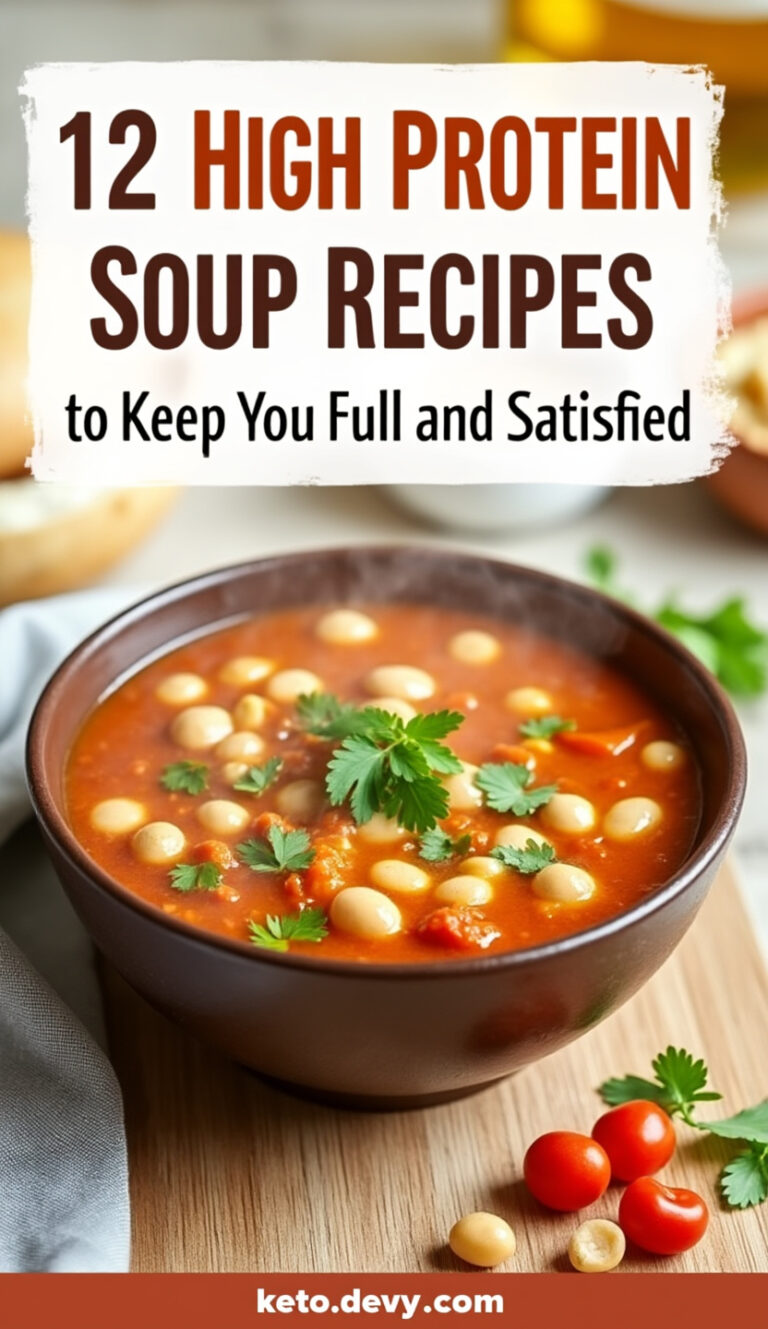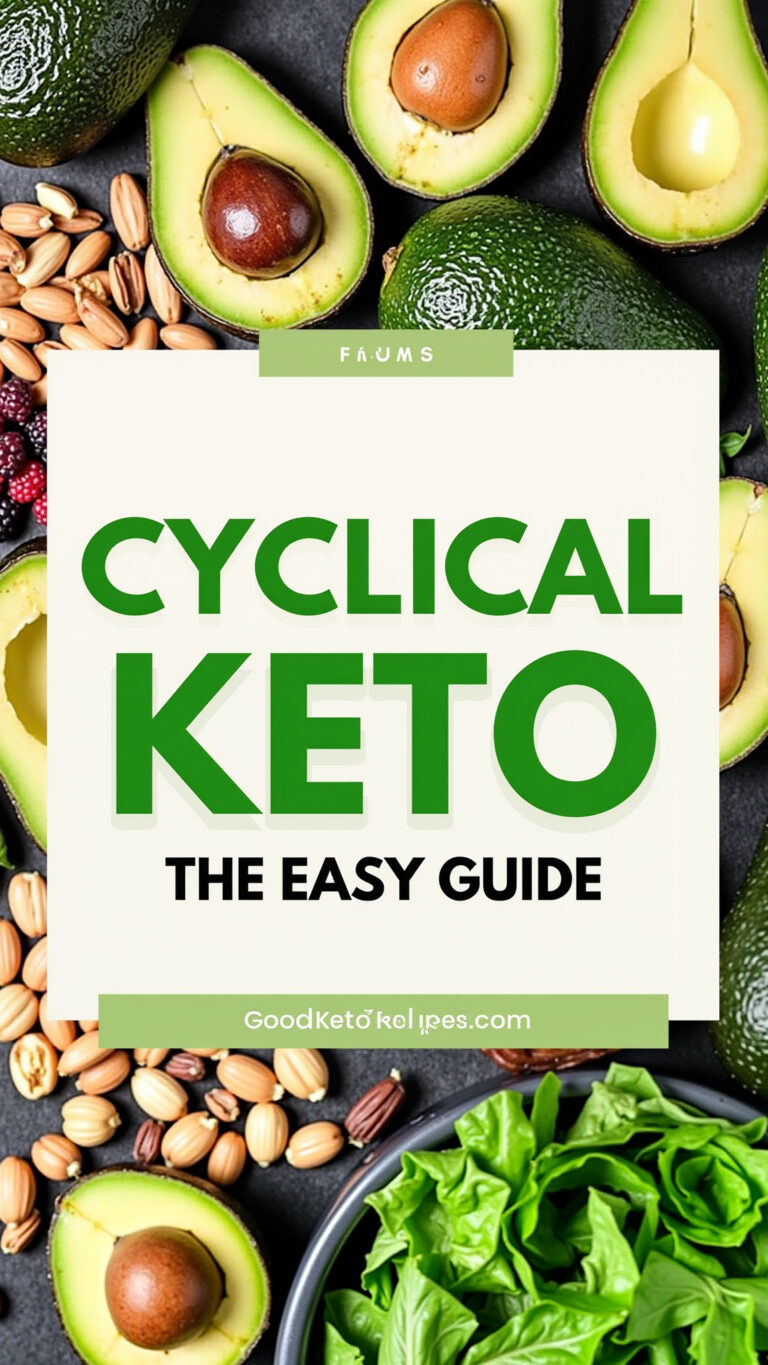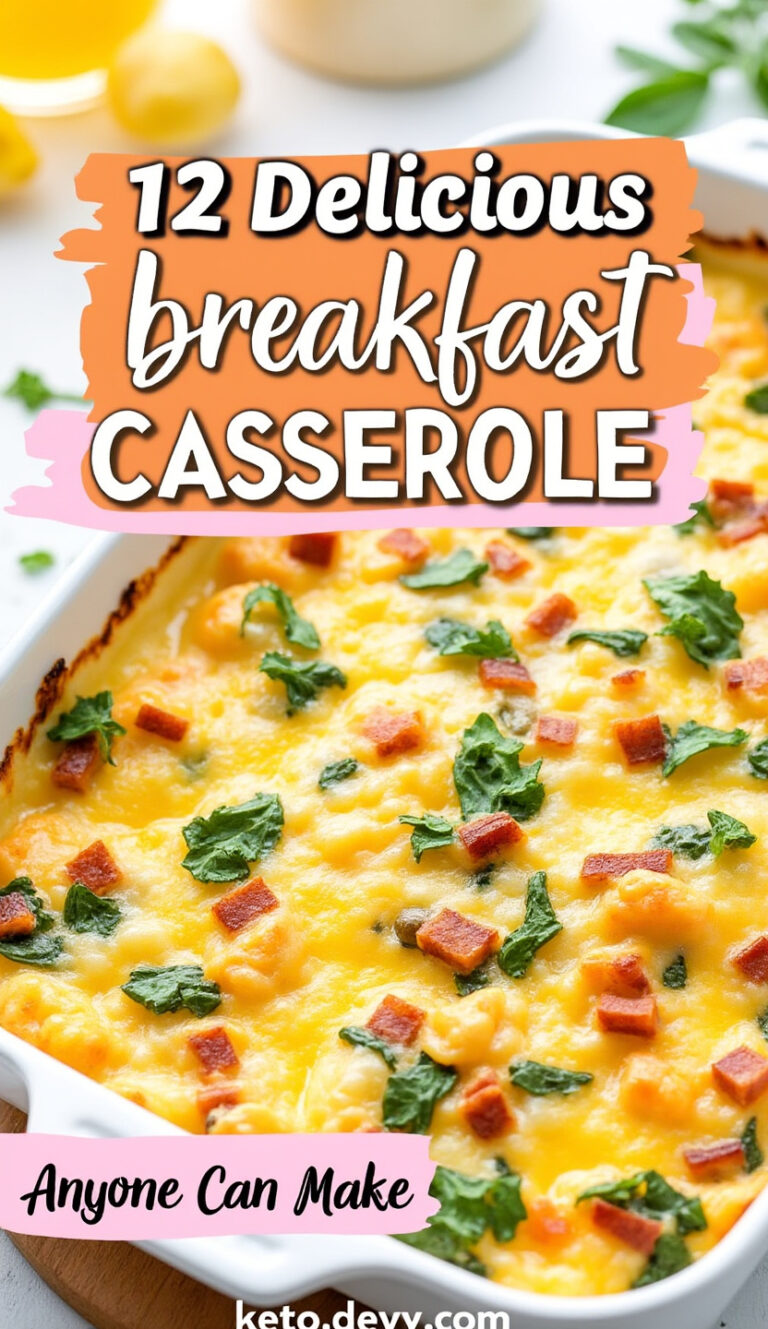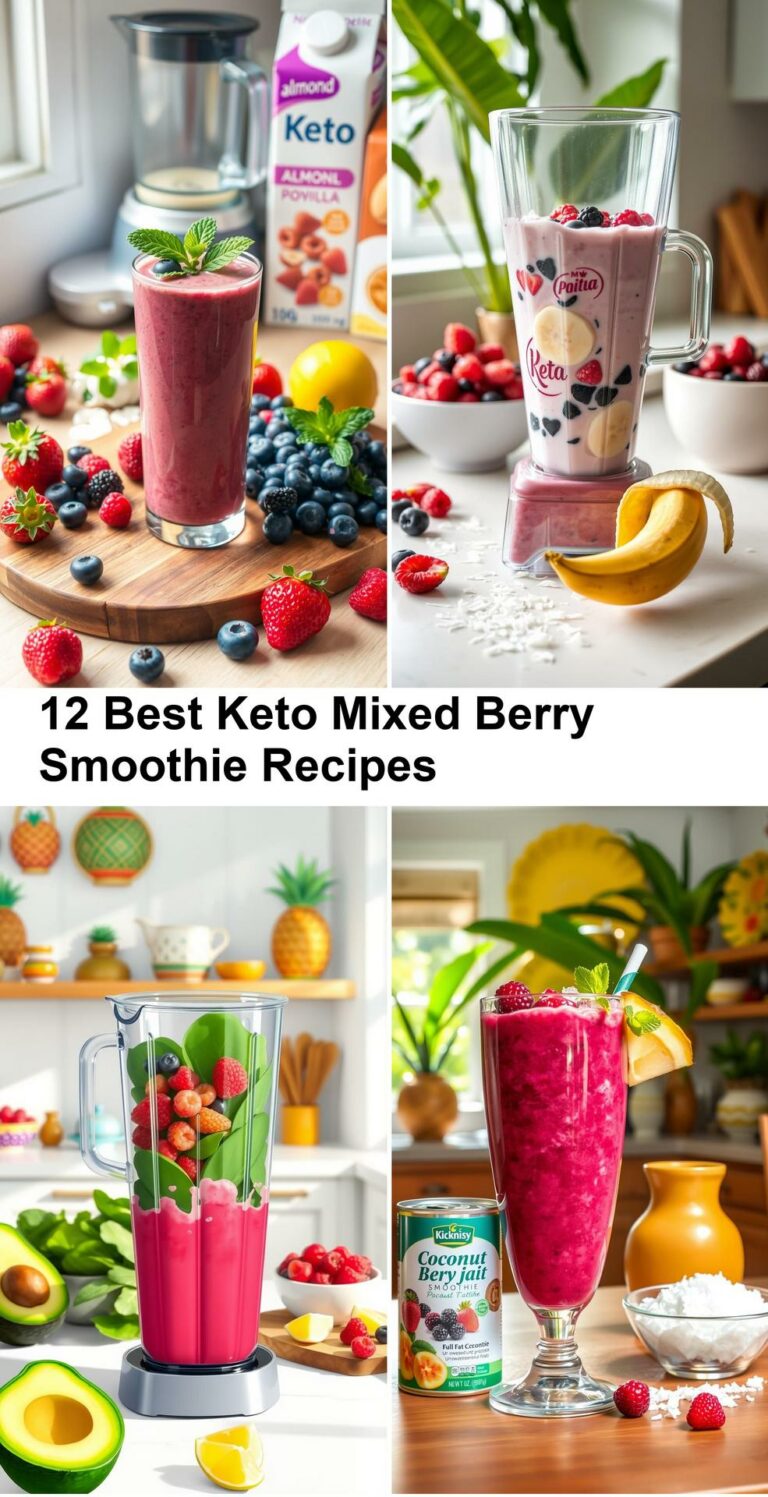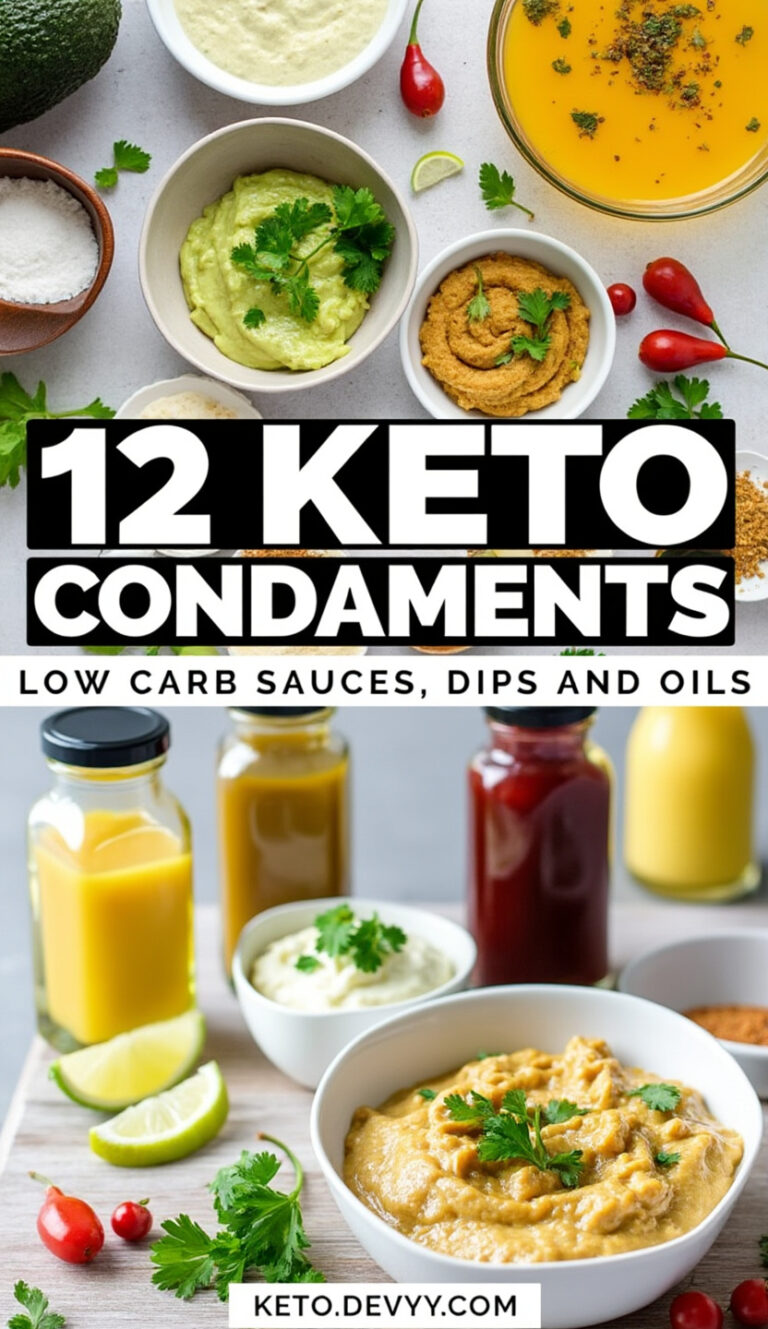Keto Diet Plan: 19-Day Beginner’s Guide
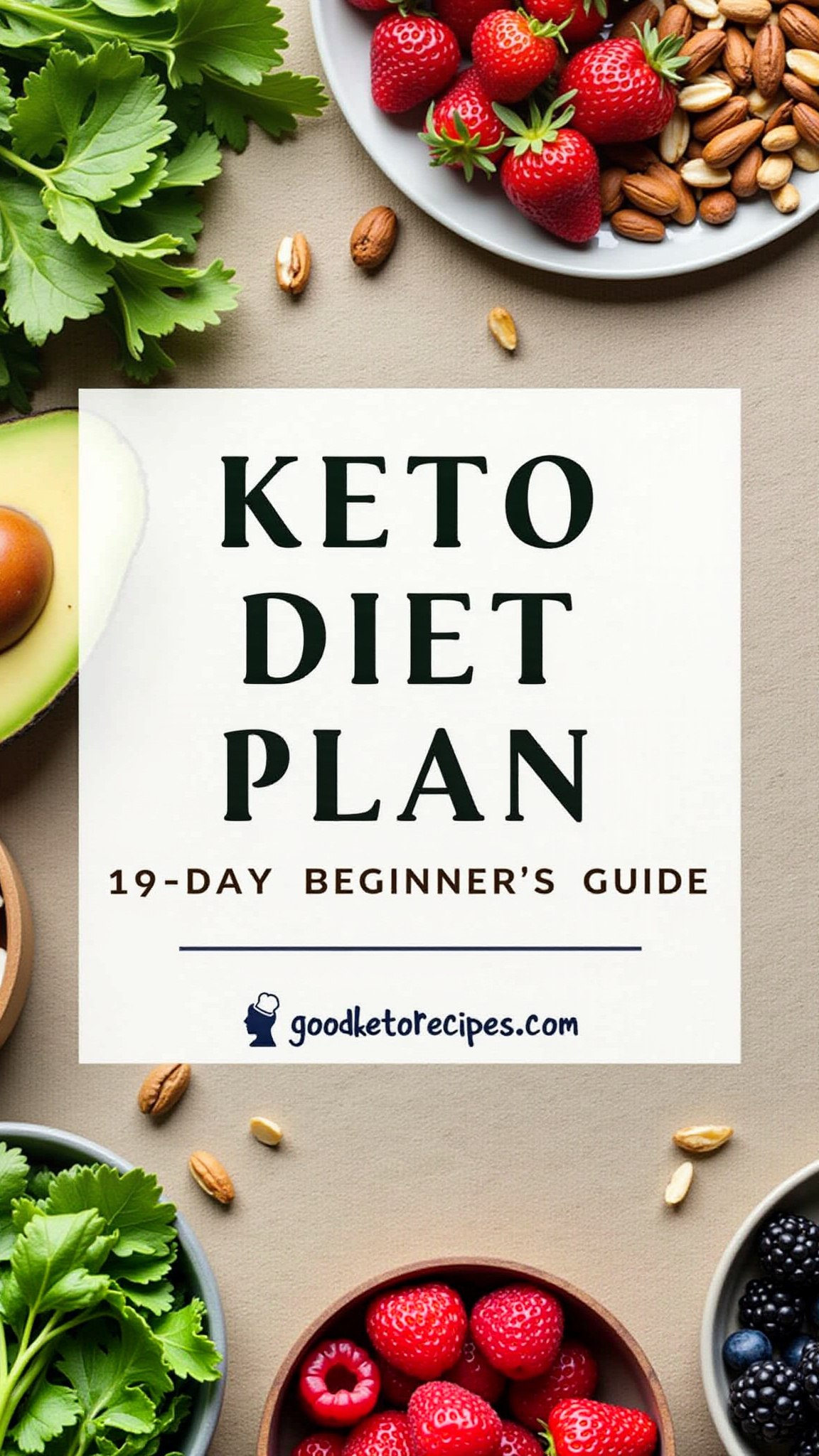
The ketogenic diet, or keto diet, has surged in popularity for its potential weight loss benefits, improved blood sugar control, and increased energy levels. If you’re new to keto, starting can feel overwhelming. This 19-day keto diet plan is designed specifically for beginners, offering a structured approach to ease you into the ketogenic lifestyle with healthy and delicious recipes.
What is the Keto Diet?
The ketogenic diet is a high-fat, very low-carbohydrate, and moderate-protein diet. This macronutrient breakdown forces the body to enter a metabolic state called ketosis.
Ketosis Explained:
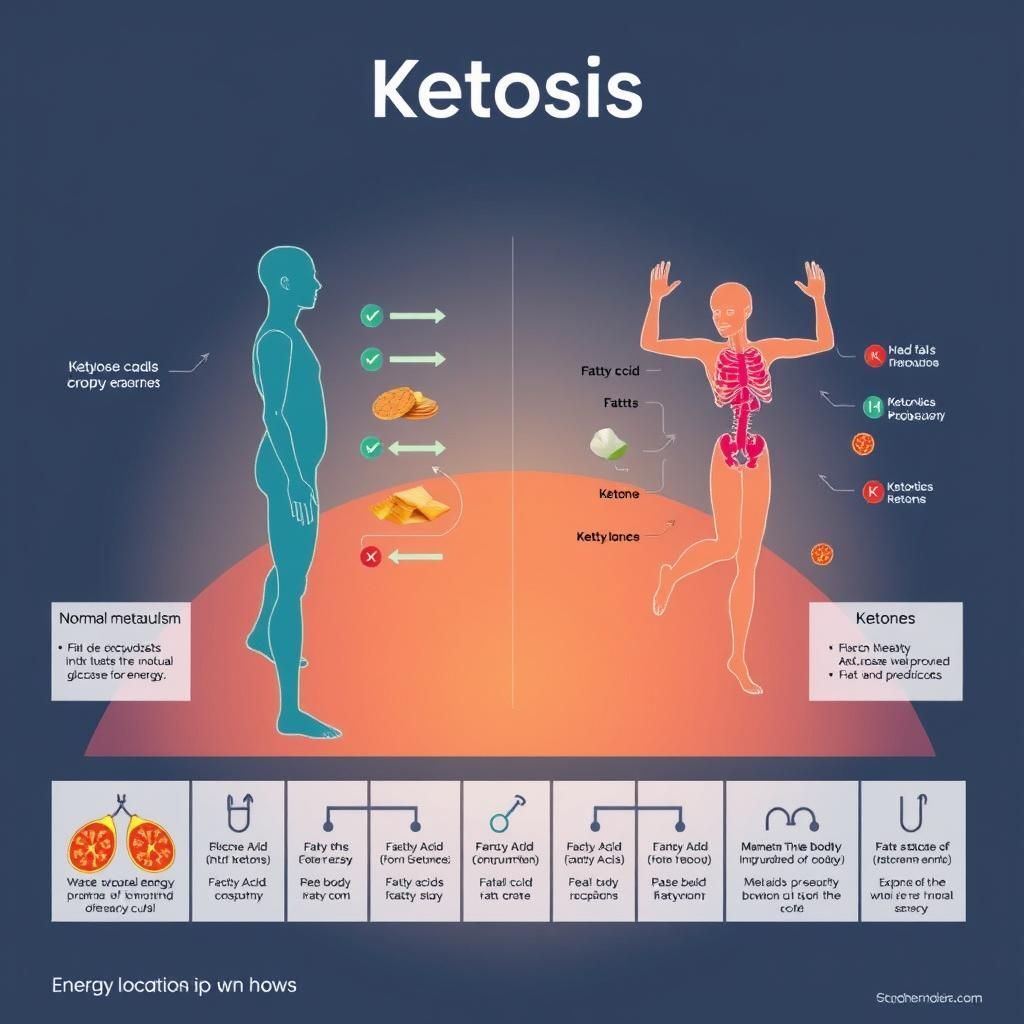
- Normal Metabolism: Your body typically uses glucose (from carbohydrates) as its primary fuel source.
- Keto Metabolism: When carbohydrate intake is drastically reduced (typically below 50 grams per day), your body starts breaking down stored fat into ketones. These ketones then become the primary fuel source for the brain and body.
Key Principles of a Keto Diet:
- High Fat (70-80% of daily calories): Healthy fats like avocados, nuts, seeds, olive oil, and coconut oil.
- Low Carbohydrate (5-10% of daily calories): Minimal intake of grains, starchy vegetables, fruits, and sugary foods.
- Moderate Protein (10-20% of daily calories): Lean meats, poultry, fish, eggs, and some dairy products.
Benefits of the Keto Diet
Beyond weight loss, the keto diet has been linked to several potential health benefits. These include:
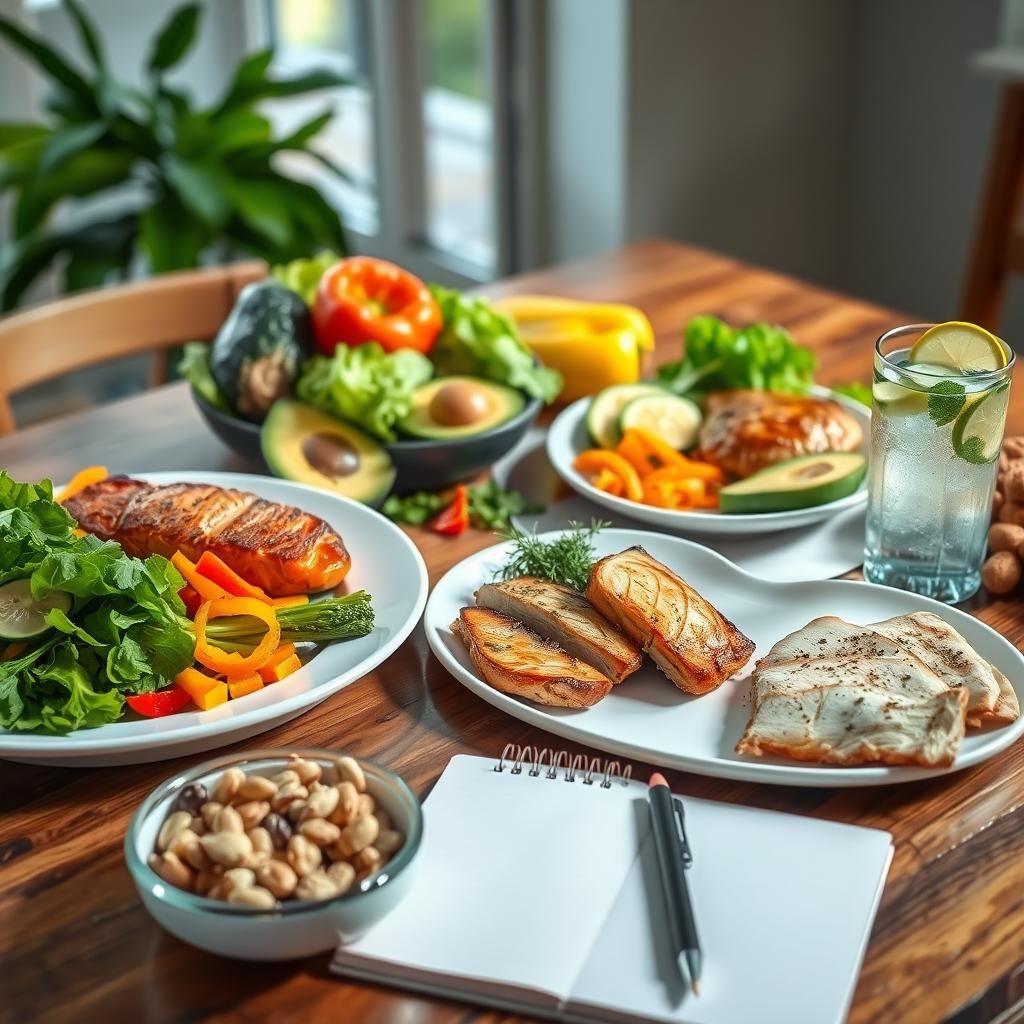
- Weight Loss: By burning fat for fuel, the keto diet can lead to significant weight loss, especially in the initial stages. Studies show keto can be more effective than low-fat diets for weight management.
- Improved Blood Sugar Control: Reducing carbohydrate intake can help stabilize blood sugar levels, making the keto diet a potential tool for managing type 2 diabetes.
- Reduced Appetite: Ketones can have an appetite-suppressing effect, helping you feel fuller for longer and reducing overall calorie intake.
- Increased Energy Levels: Once your body adapts to using ketones for fuel, you may experience more stable and sustained energy levels throughout the day.
- Improved Mental Clarity: Some individuals report improved focus and cognitive function while on the keto diet.
- Potential Therapeutic Applications: Research suggests that the keto diet may have therapeutic benefits for certain neurological conditions, such as epilepsy and Alzheimer’s disease.
Understanding the “Keto Flu”
When you first start the keto diet, you might experience a cluster of symptoms known as the “keto flu.” This is a temporary side effect as your body adapts to using ketones for fuel.
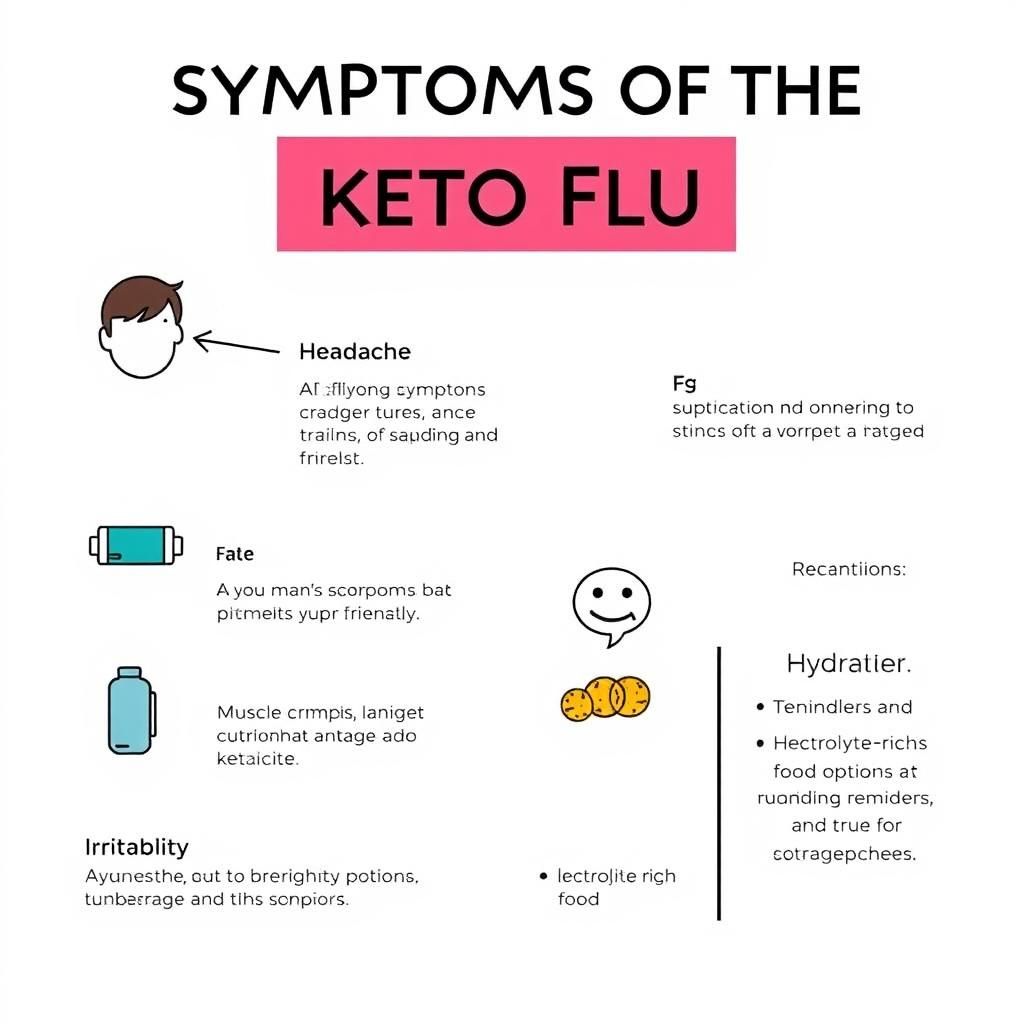
Common Keto Flu Symptoms:
- Headache
- Fatigue
- Muscle cramps
- Irritability
- Nausea
- Brain fog
Managing the Keto Flu:
- Stay Hydrated: Drink plenty of water throughout the day, especially with added electrolytes.

- Increase Electrolyte Intake: Consume sodium, potassium, and magnesium through bone broth, keto-friendly electrolyte supplements, or foods like avocados and leafy greens.
- Get Enough Sleep: Aim for 7-9 hours of quality sleep per night.
- Gradual Transition: Consider gradually reducing your carbohydrate intake over a few days instead of drastically cutting them out all at once.
Foods to Eat and Avoid on the Keto Diet
Navigating the grocery store can be tricky when starting keto. Here’s a breakdown of foods to focus on and those to avoid:
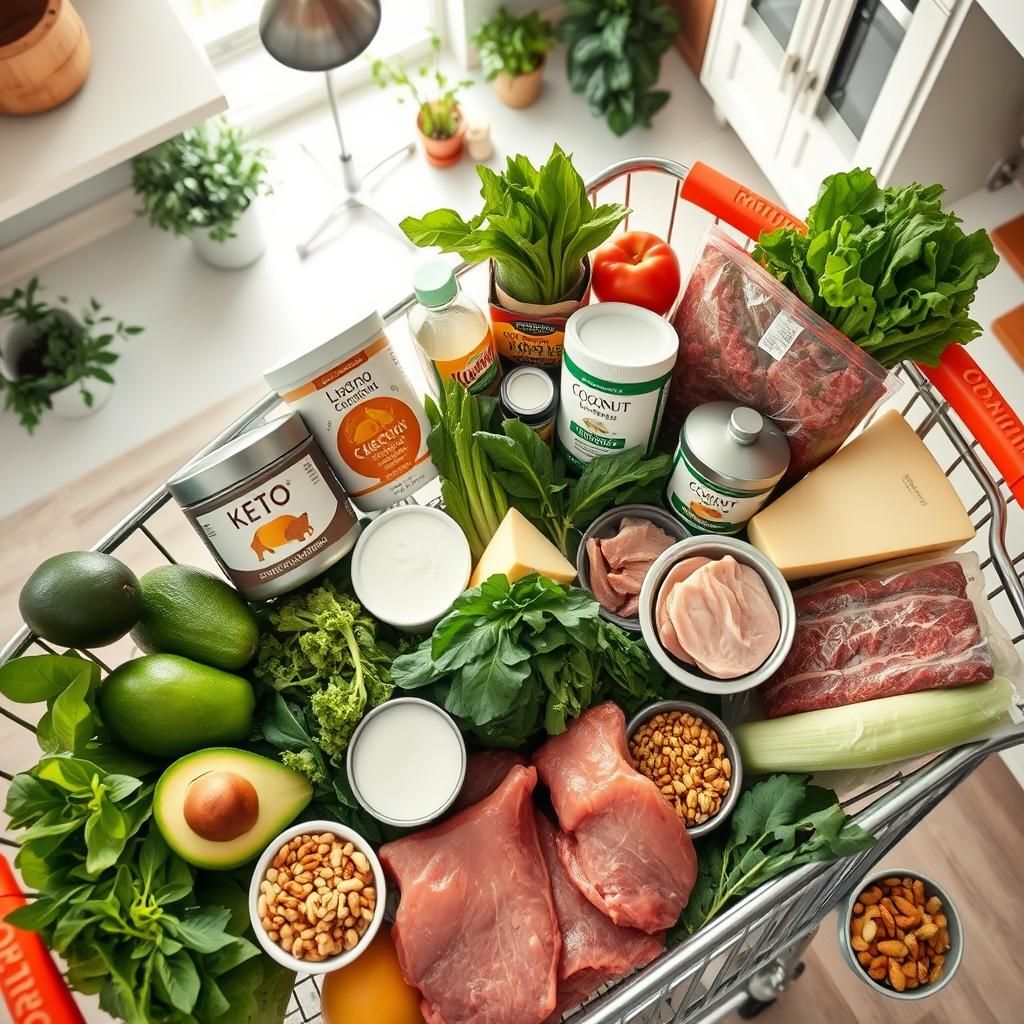
Foods to Eat:
- Healthy Fats: Avocados, olive oil, coconut oil, MCT oil, nuts and seeds (almonds, walnuts, chia seeds, flaxseeds), fatty fish (salmon, tuna, mackerel).
- Proteins: Beef, chicken, pork, lamb, eggs, fish, shellfish.
- Non-Starchy Vegetables: Leafy greens (spinach, kale, lettuce), broccoli, cauliflower, zucchini, bell peppers, asparagus, Brussels sprouts.
- Dairy (in moderation): Cheese (cheddar, mozzarella, cream cheese), heavy cream, unsweetened Greek yogurt (full-fat).
- Berries (in moderation): Blueberries, raspberries, strawberries (limit portion sizes).
Foods to Avoid:
- Grains: Wheat, rice, oats, corn, bread, pasta, cereal.
- Sugary Foods: Candy, soda, juice, pastries, ice cream, honey, maple syrup.
- Starchy Vegetables: Potatoes, sweet potatoes, corn, peas.
- Fruits (high-sugar): Bananas, grapes, mangoes, apples, oranges.
- Legumes: Beans, lentils, chickpeas.
- Processed Foods: Fast food, processed snacks, sugary drinks.
- Low-Fat Products: Often high in hidden sugars and carbohydrates.
19-Day Keto Diet Plan for Beginners
This 19-day meal plan provides a structured guide for beginners, offering delicious and easy-to-prepare keto recipes. Remember to adjust portion sizes based on your individual calorie needs and activity level. This is a guideline; feel free to substitute meals with other keto-friendly options.
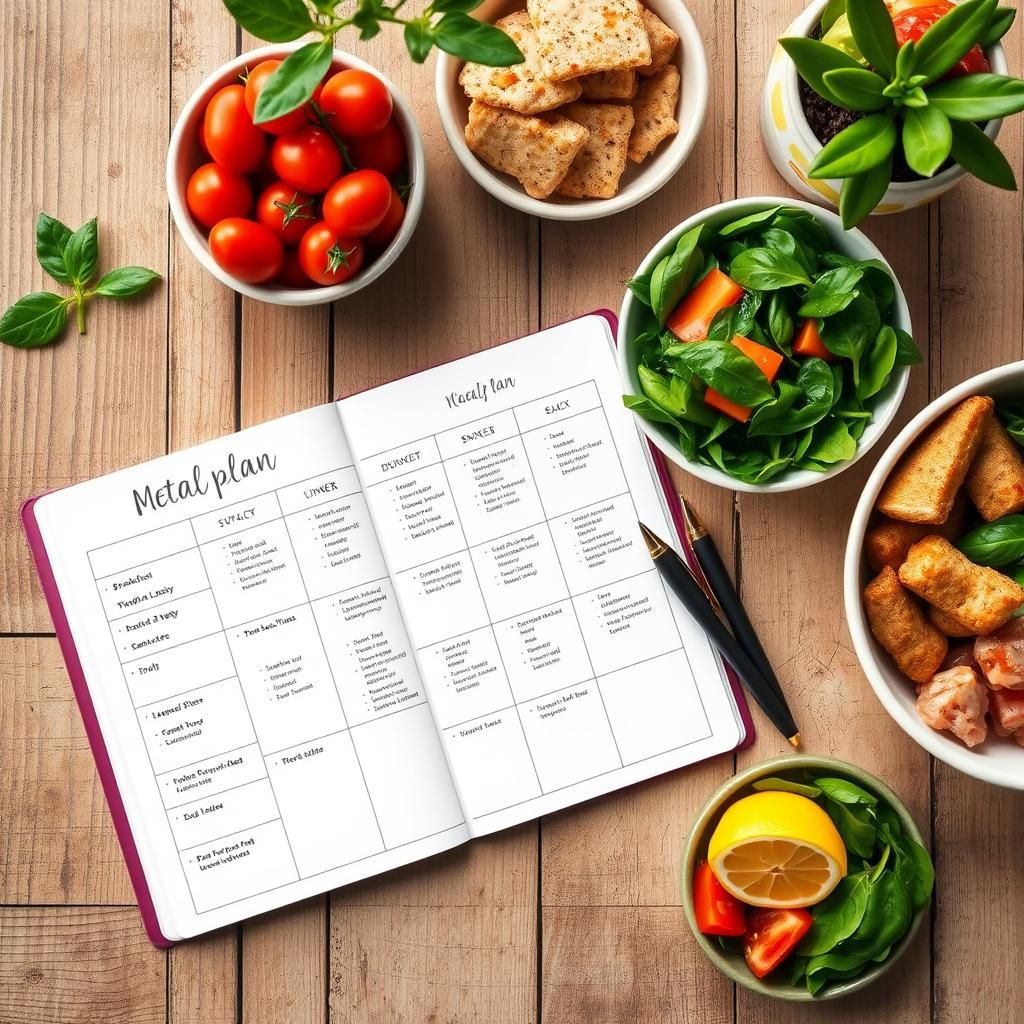
Week 1: Keto Introduction (Days 1-7)
This week focuses on easing you into ketosis and managing potential keto flu symptoms.
Day 1
- Breakfast (350 calories): Scrambled eggs (3) with cheese (1 oz) and spinach (1 cup).
- Lunch (400 calories): Avocado chicken salad (chicken breast (4 oz) mixed with ½ avocado, mayonnaise (2 tbsp), celery, and seasoning) over lettuce.
- Dinner (550 calories): Salmon (4 oz) baked with asparagus (1 cup) and drizzled with olive oil (1 tbsp).
- Snack (100 calories): Almonds (1/4 cup).
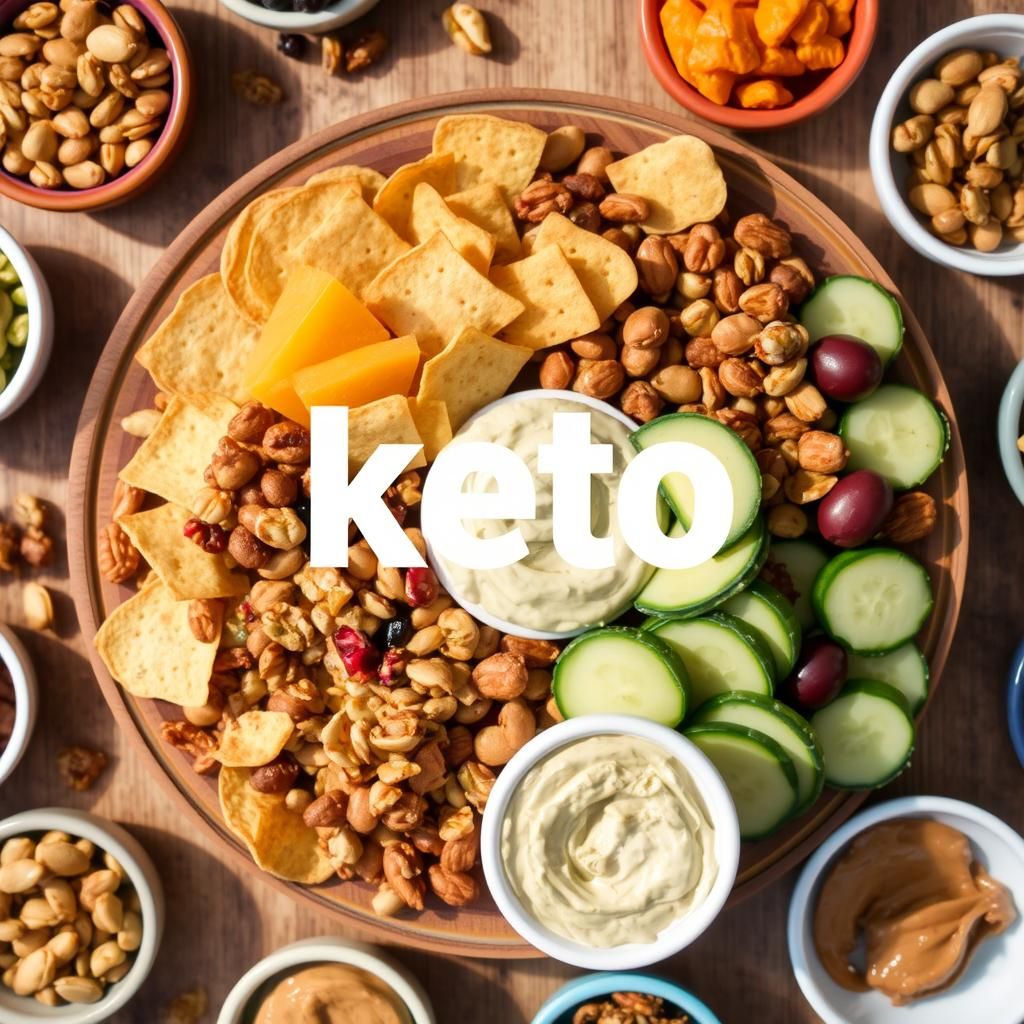
Day 2
- Breakfast (300 calories): Keto smoothie (almond milk (1 cup), spinach (1 cup), protein powder (1 scoop), chia seeds (1 tbsp), avocado (1/4)).
- Lunch (450 calories): Ground beef (4 oz) and cauliflower rice stir-fry with soy sauce alternative (coconut aminos) and mixed vegetables (1 cup).
- Dinner (600 calories): Pork chops (4 oz) with Brussels sprouts (1 cup) roasted in olive oil (1 tbsp) and garlic.
- Snack (150 calories): Cheese crisps (1 oz).
Day 3
- Breakfast (350 calories): Bulletproof coffee (coffee with 1 tbsp butter and 1 tbsp MCT oil) and two hard-boiled eggs.
- Lunch (400 calories): Tuna salad (tuna (4 oz) mixed with mayonnaise (2 tbsp), celery, and seasoning) in lettuce wraps.
- Dinner (550 calories): Chicken thighs (4 oz) baked with broccoli (1 cup) and cheddar cheese (1 oz).
- Snack (100 calories): Macadamia nuts (1/4 cup).
Day 4
- Breakfast (300 calories): Keto pancakes (almond flour, eggs, sweetener) topped with berries (1/4 cup) and whipped cream (1 tbsp).
- Lunch (450 calories): Leftover chicken thighs and broccoli.
- Dinner (600 calories): Steak (4 oz) with green beans (1 cup) sautéed in butter (1 tbsp).
- Snack (150 calories): Celery sticks with cream cheese (2 tbsp).
Day 5
- Breakfast (350 calories): Scrambled eggs (3) with bacon (2 slices) and avocado (1/4).
- Lunch (400 calories): Chicken breast (4 oz) salad with mixed greens, olive oil (1 tbsp) and vinegar dressing.
- Dinner (550 calories): Salmon patties (4oz) with a side of zucchini noodles (1 cup) sauteed in garlic.
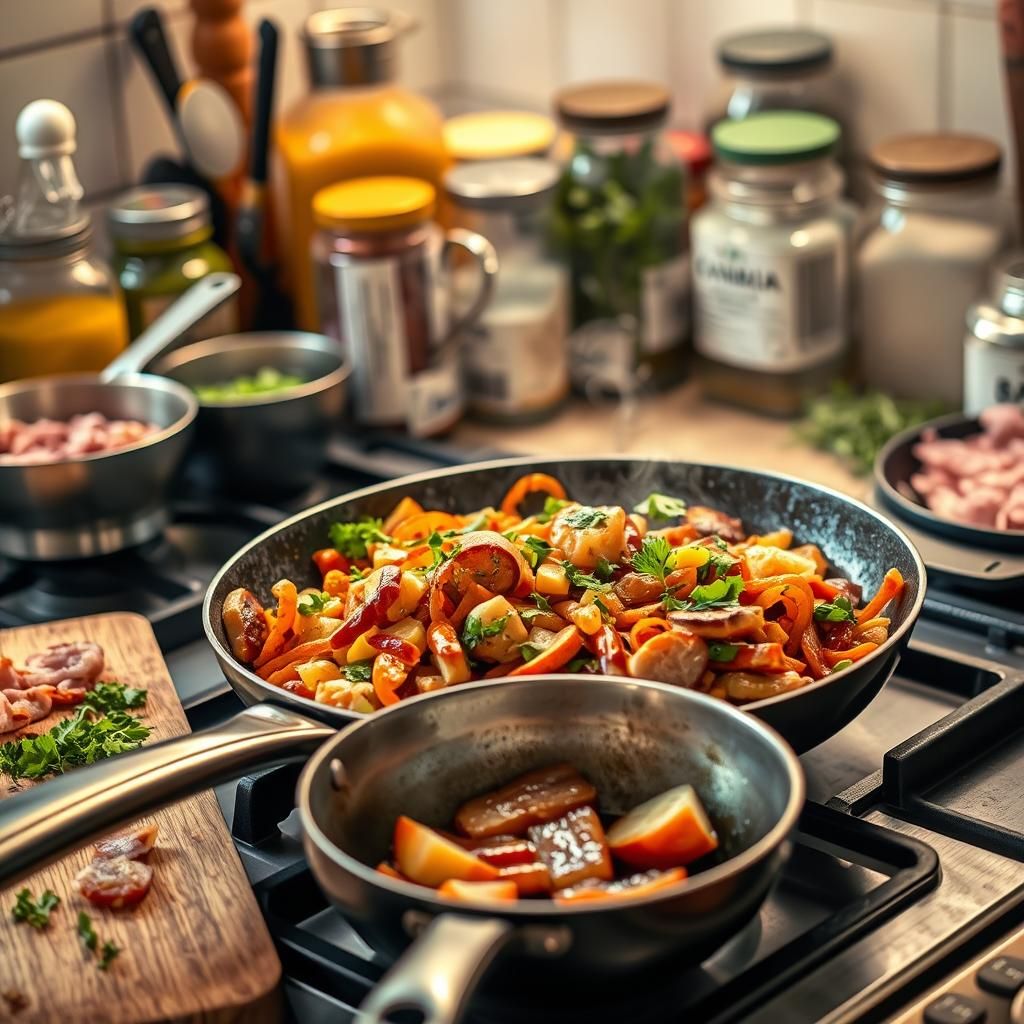
- Snack (100 calories): Pumpkin seeds (1/4 cup).
Day 6
- Breakfast (300 calories): Keto chia seed pudding (chia seeds, almond milk, sweetener, vanilla extract).
- Lunch (450 calories): Ground turkey (4 oz) lettuce wraps with salsa and avocado (1/4).
- Dinner (600 calories): Baked cod (4 oz) with roasted cauliflower (1 cup) and Parmesan cheese (1 tbsp).
- Snack (150 calories): Olives (1/2 cup).
Day 7
- Breakfast (350 calories): Omelet (2 eggs) with cheese (1 oz), mushrooms (1/2 cup), and spinach (1/2 cup).
- Lunch (400 calories): Leftover baked cod and cauliflower.
- Dinner (550 calories): Chicken wings (4 oz) (baked or air-fried) with blue cheese dressing and celery sticks.
- Snack (100 calories): Brazil nuts (4).
Week 2: Deepening Ketosis (Days 8-14)
This week focuses on solidifying your ketosis and experimenting with different keto-friendly recipes.
Day 8
- Breakfast (300 calories): Coconut flour porridge with berries (1/4 cup) and cream.
- Lunch (450 calories): Egg salad made with avocado oil mayonnaise on a bed of lettuce.
- Dinner (600 calories): Keto chili (ground beef, tomatoes, onions, spices, and cheese).
- Snack (150 calories): Pepperoni slices (1 oz) with cheese (1 oz).
Day 9
- Breakfast (350 calories): Keto coffee with coconut oil and protein powder.
- Lunch (400 calories): Leftover keto chili.
- Dinner (550 calories): Baked chicken breast with asparagus and hollandaise sauce.
- Snack (100 calories): Pork rinds.
Day 10
- Breakfast (300 calories): Almond flour muffins with sweetener and berries.
- Lunch (450 calories): Canned salmon salad with celery and mayonnaise.
- Dinner (600 calories): Keto shepherd’s pie (ground beef and cauliflower mash).
- Snack (150 calories): String cheese.
Day 11
- Breakfast (350 calories): Bacon and eggs with sauteed mushrooms.
- Lunch (400 calories): Keto tuna melt on almond flour bread.
- Dinner (550 calories): Shrimp scampi with zucchini noodles.
- Snack (100 calories): Walnuts.
Day 12
- Breakfast (300 calories): Keto granola with almond milk and berries.
- Lunch (450 calories): Salad with grilled chicken and avocado.
- Dinner (600 calories): Keto pizza on a cauliflower crust.
- Snack (150 calories): Hard-boiled egg.
Day 13
- Breakfast (350 calories): Scrambled eggs with cheese and ham.
- Lunch (400 calories): Leftover keto pizza.
- Dinner (550 calories): Pork tenderloin with roasted green beans.
- Snack (100 calories): Pecans.
Day 14
- Breakfast (300 calories): Keto pancakes with whipped cream and berries.
- Lunch (450 calories): Lettuce wraps with ground turkey and guacamole.
- Dinner (600 calories): Keto lasagna (using zucchini slices instead of pasta).
- Snack (150 calories): Dark chocolate (85% cacao).
Week 3: Maintaining Keto & Expanding Options (Days 15-19)
This week focuses on maintaining ketosis while introducing variety and incorporating some advanced recipes.
Day 15
- Breakfast (350 calories): Keto smoothie with protein powder, almond milk, spinach, and avocado.
- Lunch (400 calories): Chef salad with cheese, ham, turkey, and hard-boiled eggs.
- Dinner (550 calories): Baked salmon with roasted asparagus and lemon butter sauce.
- Snack (100 calories): Almonds.
Day 16
- Breakfast (300 calories): Coconut yogurt with berries and seeds.
- Lunch (450 calories): Tuna salad lettuce wraps.
- Dinner (600 calories): Keto chicken alfredo with broccoli.
- Snack (150 calories): Cheddar cheese cubes.
Day 17
- Breakfast (350 calories): Bacon and eggs with avocado slices.
- Lunch (400 calories): Leftover keto chicken alfredo.
- Dinner (550 calories): Steak with green beans and garlic butter.
- Snack (100 calories): Macadamia nuts.
Day 18
- Breakfast (300 calories): Keto pancakes with syrup substitute.
- Lunch (450 calories): Salad with grilled shrimp and avocado.
- Dinner (600 calories): Keto meatloaf with cauliflower mash.
- Snack (150 calories): Pork rinds with guacamole.
Day 19
- Breakfast (350 calories): Scrambled eggs with cheese and spinach.
- Lunch (400 calories): Leftover keto meatloaf and cauliflower mash.
- Dinner (550 calories): Chicken stir-fry with low-carb vegetables.
- Snack (100 calories): Brazil nuts.
Sample Keto Recipes
These are just a few examples. Many more keto recipes are available online.
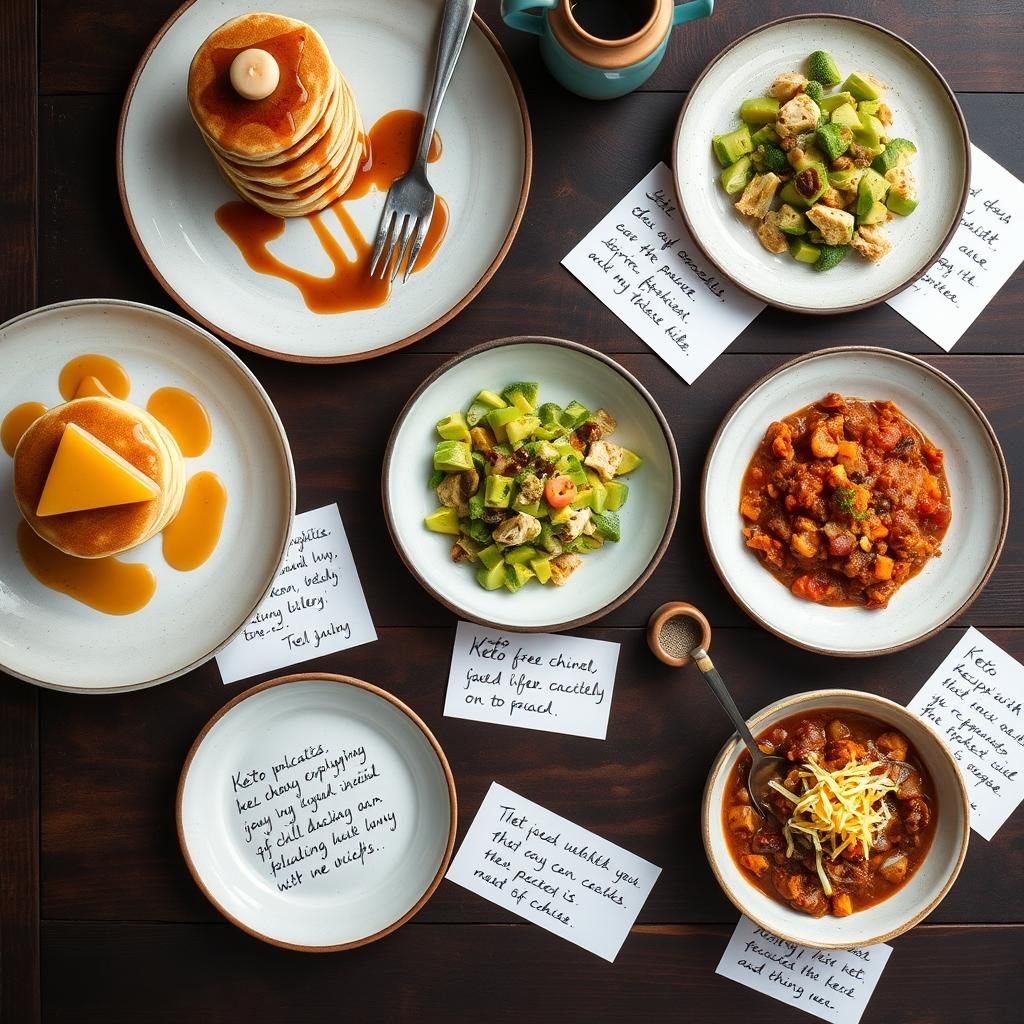
1. Keto Pancakes:
- Ingredients: 2 eggs, 2 tbsp almond flour, 1 tbsp sweetener (erythritol or stevia), 1/2 tsp baking powder, 1 tbsp heavy cream.
- Instructions: Mix all ingredients in a bowl. Cook on a lightly greased skillet over medium heat until golden brown.
2. Avocado Chicken Salad:
- Ingredients: 4 oz cooked chicken breast (diced), 1/2 avocado (mashed), 2 tbsp mayonnaise, celery (diced), salt, pepper.
- Instructions: Combine all ingredients in a bowl and mix well. Serve over lettuce or in lettuce wraps.
3. Keto Chili:
- Ingredients: 1 lb ground beef, 1 onion (diced), 1 bell pepper (diced), 1 (14.5 oz) can diced tomatoes, 1 (10 oz) can Rotel tomatoes, chili powder, cumin, garlic powder, cheese (shredded).
- Instructions: Brown ground beef in a pot. Add onion and bell pepper and cook until softened. Add remaining ingredients (except cheese) and simmer for 30 minutes. Top with cheese before serving.
4. Zucchini Noodles (Zoodles):
- Ingredients: 1 large zucchini, olive oil, garlic, salt, pepper.
- Instructions: Use a spiralizer to create zucchini noodles. Sauté garlic in olive oil over medium heat. Add zucchini noodles and cook until tender-crisp (about 5 minutes). Season with salt and pepper.
Tips for Success on the Keto Diet
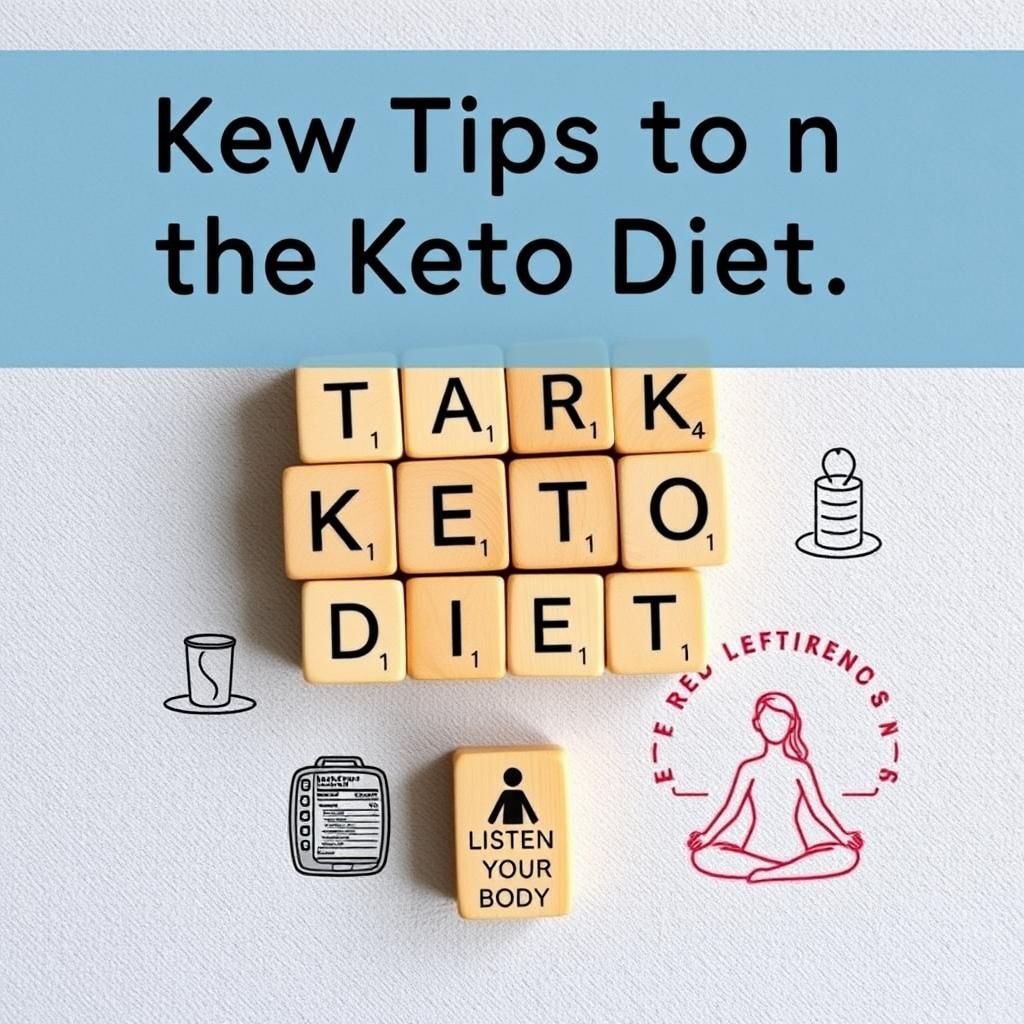
- Track Your Macros: Use a food tracking app to monitor your carbohydrate, fat, and protein intake. This is crucial, especially in the beginning.
- Plan Your Meals: Meal planning helps you stay on track and avoid impulsive decisions.
- Read Food Labels Carefully: Pay attention to serving sizes and carbohydrate content.
- Be Patient: It takes time for your body to adapt to ketosis. Don’t get discouraged if you don’t see results immediately.
- Listen to Your Body: Adjust your diet and exercise based on how you feel.
- Stay Consistent: The more consistent you are, the better your results will be.
- Consider Electrolyte Supplementation: Especially during the initial adaptation phase.
- Don’t Be Afraid to Experiment: Keto is a journey of discovery. Try new recipes and find what works best for you.
Addressing Common Keto Concerns
- Constipation: Increase fiber intake with leafy greens, chia seeds, and flaxseeds. Ensure adequate hydration. Consider magnesium supplementation.
- Leg Cramps: Increase electrolyte intake, especially magnesium and potassium.
- Gallbladder Issues: The keto diet can sometimes exacerbate gallbladder problems. Consult with your doctor if you experience any symptoms.
- Kidney Stones: Staying hydrated and maintaining a moderate protein intake can help minimize the risk.
- Nutrient Deficiencies: Focus on eating a variety of nutrient-dense, keto-friendly foods. Consider a multivitamin if needed.
When to Consult a Healthcare Professional
The keto diet isn’t suitable for everyone. Consult with your doctor or a registered dietitian before starting the keto diet, especially if you have any pre-existing health conditions, such as:
- Diabetes (especially type 1)
- Kidney disease
- Liver disease
- Gallbladder disease
- Pancreatitis
- Eating disorders
It’s also important to consult with your doctor if you are pregnant or breastfeeding.
The 19-day keto diet plan provides a solid foundation for beginners to embark on their ketogenic journey. By understanding the principles of keto, focusing on whole, unprocessed foods, tracking your macros, and listening to your body, you can successfully achieve ketosis and experience the potential benefits of this diet. Remember to consult with a healthcare professional before starting any new diet, especially if you have any underlying health conditions. This guide is a starting point; adapt it to your individual needs and preferences for long-term success.
Check Out This
Affiliate Link Disclosure: Some of the links in this post are affiliate links. This means that if you click on the link and make a purchase, I may receive a small commission at no extra cost to you. I only recommend products or services that I personally use and believe will be valuable to my readers.

